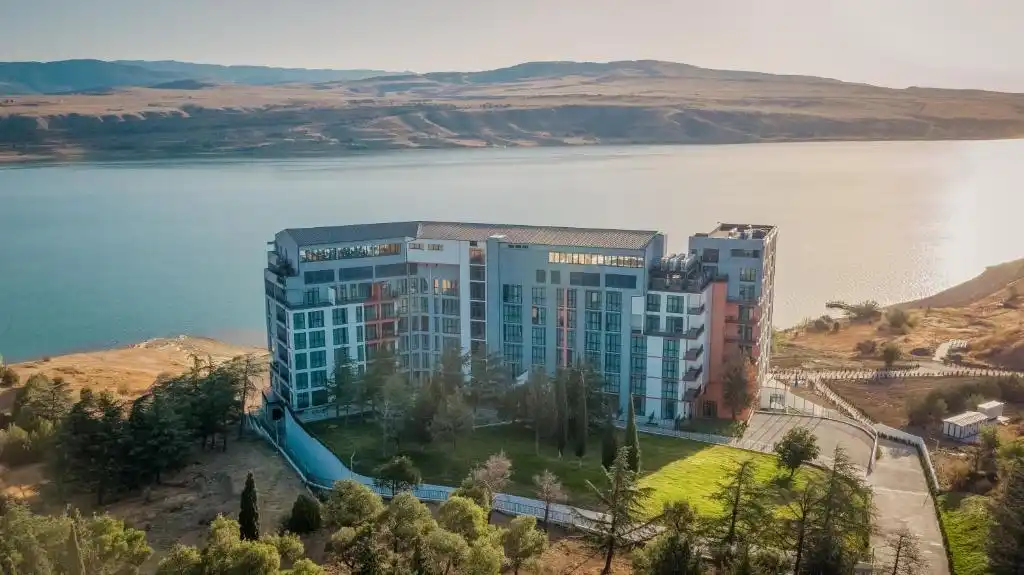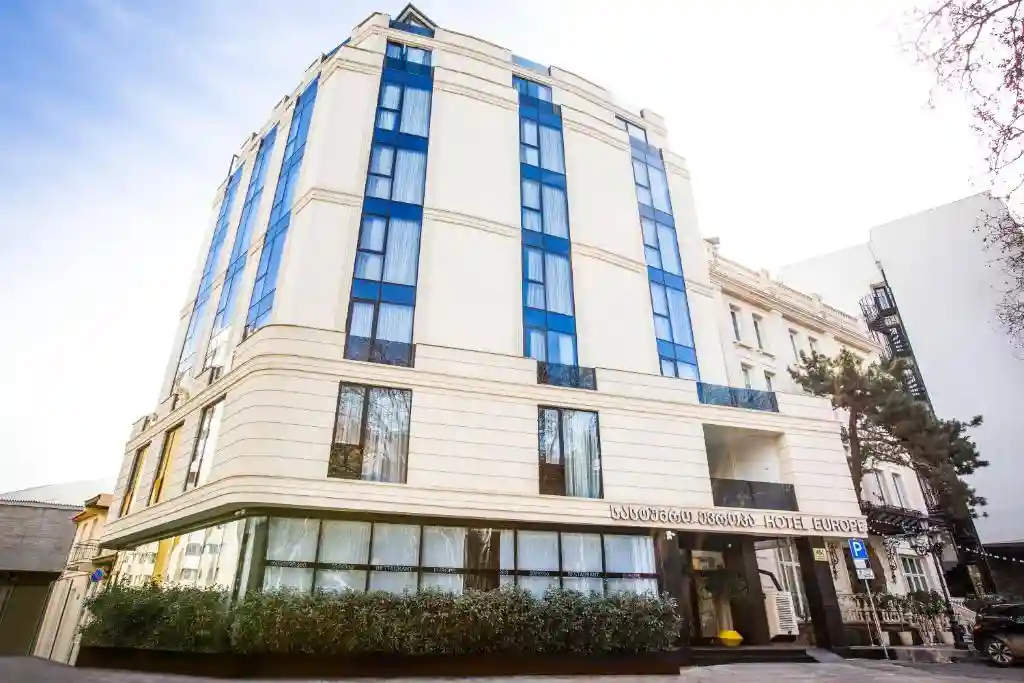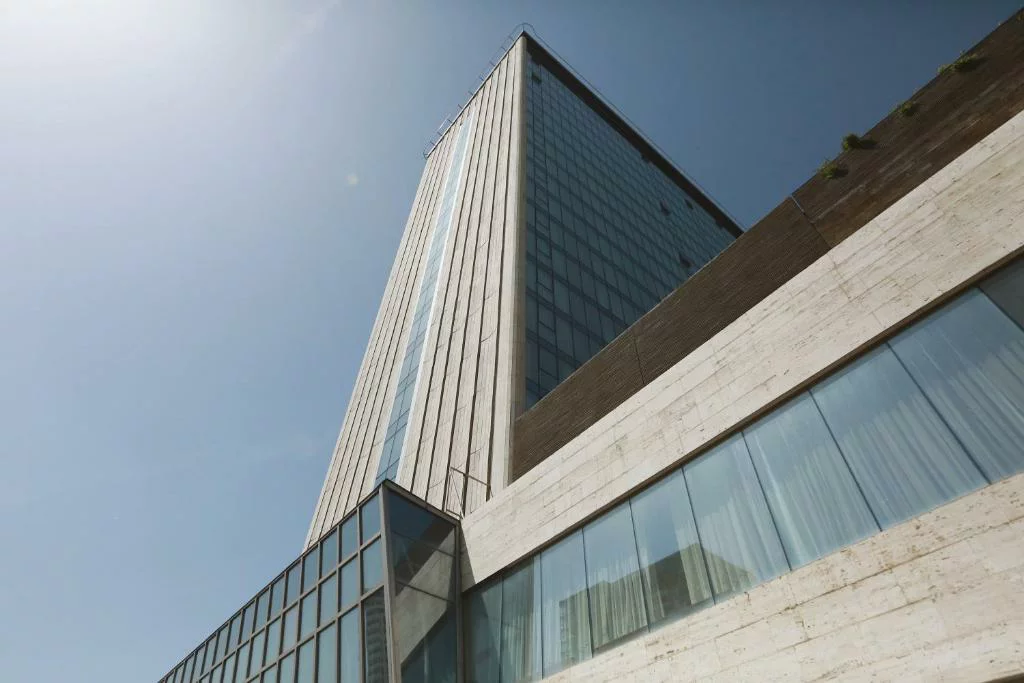Expect to be greeted by friendly and enthusiastic locals ready to welcome guests with a warm handshake when you choose to visit Tbilisi. Whether you're interested in ancient history, cultural delights, long-preserved traditional customs, or outdoor entertainment, Tbilisi will prove to be the perfect backdrop for a vacation filled with unforgettable memories.
Tourism in Tbilisi
Tbilisi, a warm and hospitable city, lies in the heart of the Caucasus. The city, which is almost as old as the snow-capped mountains surrounding it, never fails to impress visitors with its unmistakable, unique charm.
With a population of 1.5 million, Tbilisi is the largest city in Georgia. This is evident in the vigorous construction efforts taking place, with residential complexes, shopping centers, and rapidly developing entertainment hubs emerging alongside the ancient architecture that still exists in the city. Tbilisi's hotels now cater to all types of budgets as the city continues to attract an increasing number of investors, businesspeople, and foreign tourists.
A Brief History of Tbilisi
Archaeological studies suggest that the Tbilisi region has been inhabited as early as the fourth century BC. The city itself is over 1,500 years old, founded by King Vakhtang Gorgasali in the fifth century AD. Colorful legends surround Tbilisi's origins, often linked to the sulfur hot springs that flow from the earth to this day. According to one tale, the king was hunting pheasants in the dense forests near the Mtkwari River.
One of the king's falcons injured a bird, which fell wounded into a hot lake. However, the therapeutic properties of the water revived the dying bird. Impressed by this discovery, the king decided to build a city in the spot and named it Tbilisi, meaning "warm." Shortly afterward, the capital of Georgia was moved from Mtskheta to Tbilisi.
Throughout its long history, the city has witnessed numerous conquests, enduring centuries of occupation and devastating invasions. In the seventh century, Arabs established what was known as the Emirate of Tbilisi, which lasted for about four centuries.
Wars with the Seljuk Turks and later with the Persians periodically led to the complete destruction of the city, including the loss of countless architectural treasures and material goods. Nevertheless, Tbilisi continued to rise from the ashes after each invasion.
The last devastating conquest occurred in 1795 by Persian Shah Agha Mohammad Khan, who nearly wiped Tbilisi off the map. In the 19th century, the city fell under the control of the Russian Empire and shortly thereafter was annexed to the Soviet Union along with the rest of Georgia.
Around this time, the city began a revival with vigorous reconstruction efforts, and today Tbilisi is regarded as one of the most attractive and distinctive cities in the region, with tourism in Tbilisi being one of the most sought-after activities for visitors to enjoy their trips.
Tourism in Tbilisi - Best Places and Activities
The Crumbling and Exotic Old Town
Tbilisi sits on the banks of the Mtkwari River against a stunning mountainous backdrop, and it is one of the oldest settlements in the world, with archaeological evidence of human habitation dating back to 4000 BC. The city boasts a unique beauty, where enchanting nature blends with the charm of the old town and its Art Nouveau architecture.
Tbilisi's history as a center of the Silk Road has played a significant role in creating a diverse and architecturally eclectic city. Strolling through the old town, you can see churches, mosques, Georgian and Armenian synagogues, as well as the ruins of a Zoroastrian fire temple.
Highlights include the leaning Tbilisi Tower, a large clock resembling Prague's astronomical clock but more peculiar and tilted at a dangerous angle. Despite this unusual clock, you'll lose track of time as you explore the old town, captivated by the stunning sights around every corner.
Unique and Delicious Cuisine
Tbilisi is not the ideal place to watch your waistline, as every meal is a feast. Among the highlights is the local cheese bread known as khachapuri, which is topped with butter and filled with Sulguni cheese and egg yolks, resulting in a delicious taste.
The city is also famous for spicy meat dumplings called khinkali, while salads covered in walnuts and the coriander bean stew are sure to delight vegetarians. Meat lovers can indulge in shashlik: seasoned meat cooked on a skewer. For dessert, try churchkhela, sweet pressed grape skins filled with walnuts.
Thermal Baths
The thermal waters flowing beneath Tbilisi played a vital role in the city's history. According to legend, King Vakhtang Gorgasali selected the site after his falcon returned with game rejuvenated by the city's waters.
When Tbilisi was a trading hub on the Silk Road, visiting merchants were required to bathe in the waters before entering the city. Even the name of the city is derived from the Georgian word for "warm," Tbilisi.
Today, most of the thermal baths are located in the Abanotubani area. These baths follow the Persian tradition of allowing naturally flowing hot sulfur waters. Most baths are utilitarian and were built during the Soviet era, though some appear to be inspired by One Thousand and One Nights. The ritual includes soaking for 15 minutes in a hot bath followed by a massage with cold water, leaving you feeling refreshed.
Georgia's Petra
This "subway" is not a real subway but a vast cave city located an hour west of Tbilisi. Dating back to the second century BC, it consists of a complex of corridors and steps that pass between stone buildings, including houses, a theater, a plaza, and a pagan church used for offering sacrifices.
The place is remarkably large, so be sure to prepare properly for your trip. Yes, that means packing comfortable walking shoes. In fact, it's best to enlist a guide to help you navigate the cave and make the most of your journey.
If you’re interested in continuing to explore Georgia's hidden depths, there are other underground cities worth visiting. Davit Gareja is carved into the rock of Gareja Mountain and is just a two-hour drive from Tbilisi. If you have time, you can embark on a six-hour trip from the capital to Vardzia Monastery, which was once home to over 2,000 monks.
Fabulous Markets and Museums
After dining and exploring the depths of the earth, you might think you’ve exhausted your holiday options in Tbilisi. Far from it. When choosing to visit Tbilisi, you'll discover numerous hidden gems waiting to be uncovered, such as markets and museums.
Deserter Bazaar is one of Tbilisi's largest and most vibrant markets, making it a great place to start. Many stalls sell fresh fruits, vegetables, and local delicacies. You can stroll around and get to know the local life. The Dry Bridge Market, showcasing second-hand goods, offers antiques, hidden treasures, and eclectic stories daily from 10 AM to 5 PM, weather permitting. It's worth a visit, and don't hesitate to haggle.
As for museums, there are over 15 within the city. Start with the classics: the Georgian National Museum, the Museum of Georgia Arts, and the Tbilisi History Museum will help paint a picture of the city and its magnificent past.
For a deeper dive, visit the Tbilisi Open Air Museum of Ethnography, which houses significant artifacts of Georgian folk culture. Art lovers should not miss the Museum of Modern Art (MOMA) and the Silk Museum. Finally, explore the worlds of puppets and Soviet cars at the Tbilisi Puppet Museum and the Tbilisi Automobile Museum, respectively.
Nightlife
Whether you're interested in nightclubs or enjoying a quiet evening after a long day of exploration, Tbilisi has its unique vibe when the sun goes down.
Music lovers will find plenty of clubs offering house, electronic, and techno music perfect for dancing the night away. For a calm summer evening, you can enjoy a drink at the Beer Garden at Bauhaus, where you can savor the best local drinks and cuisine.


.png?locale=en)











.png?locale=en)


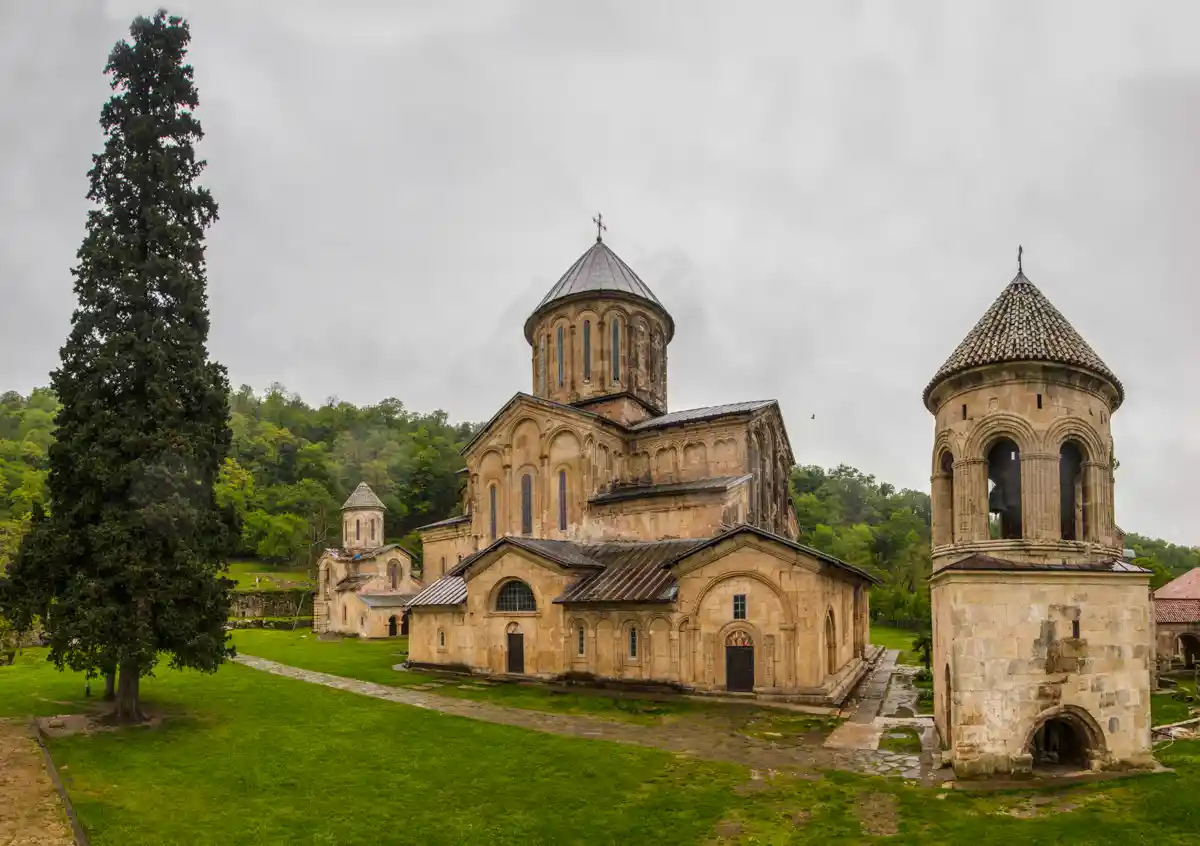
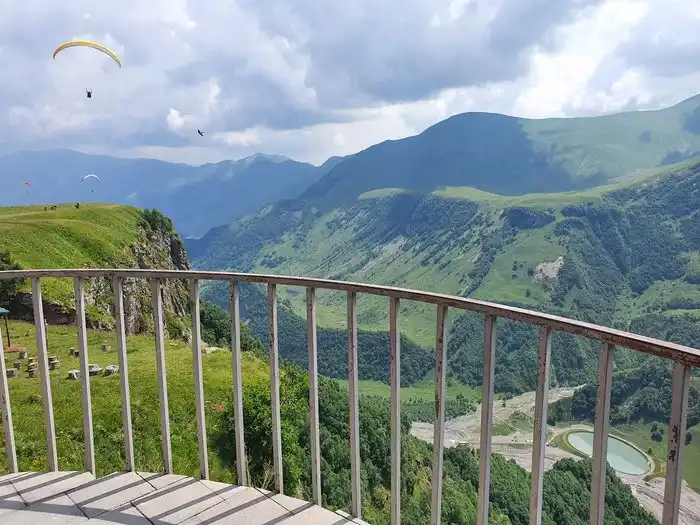
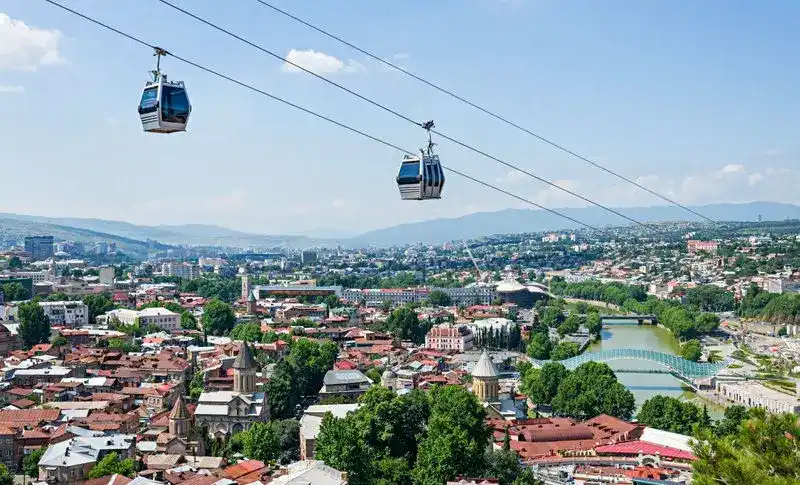.webp?locale=en)
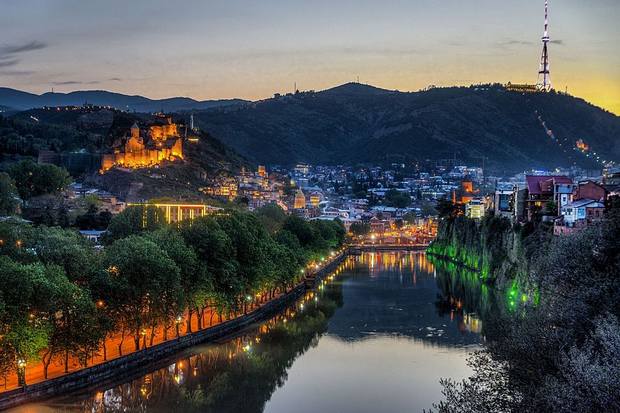
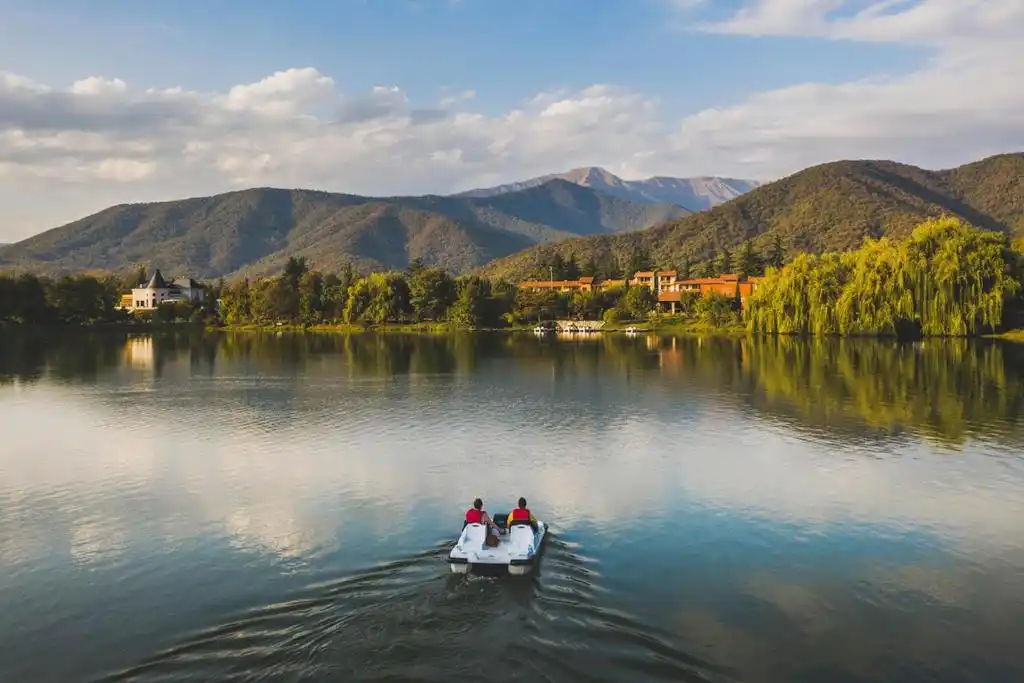.webp?locale=en)
